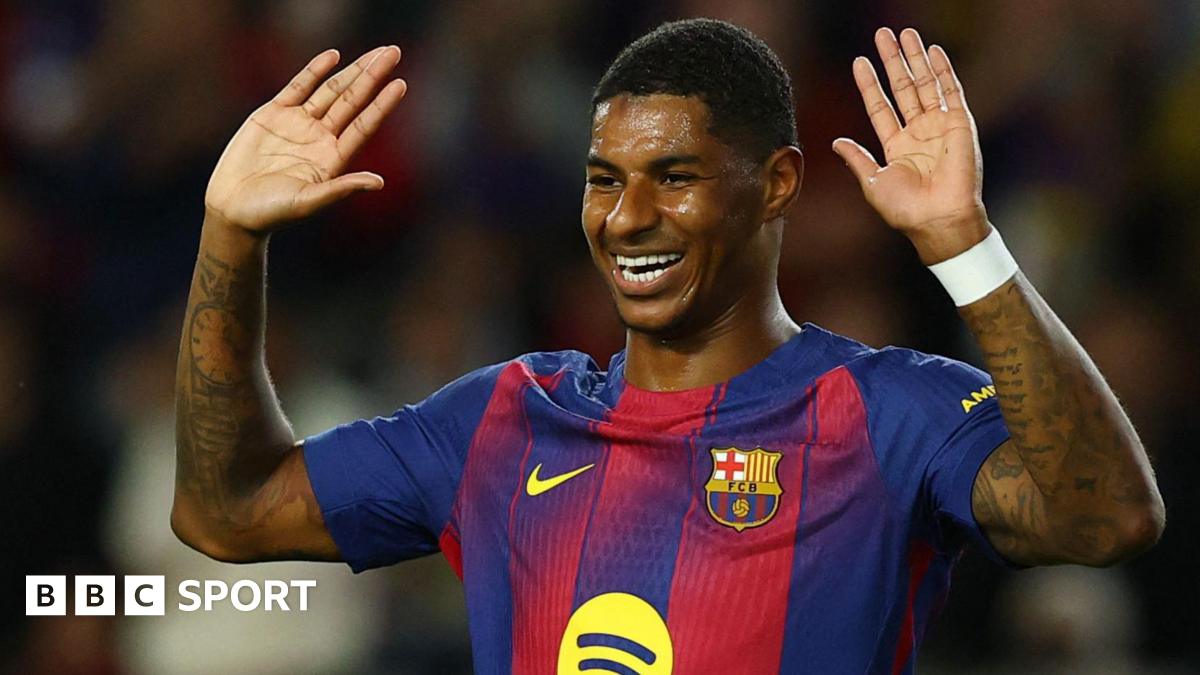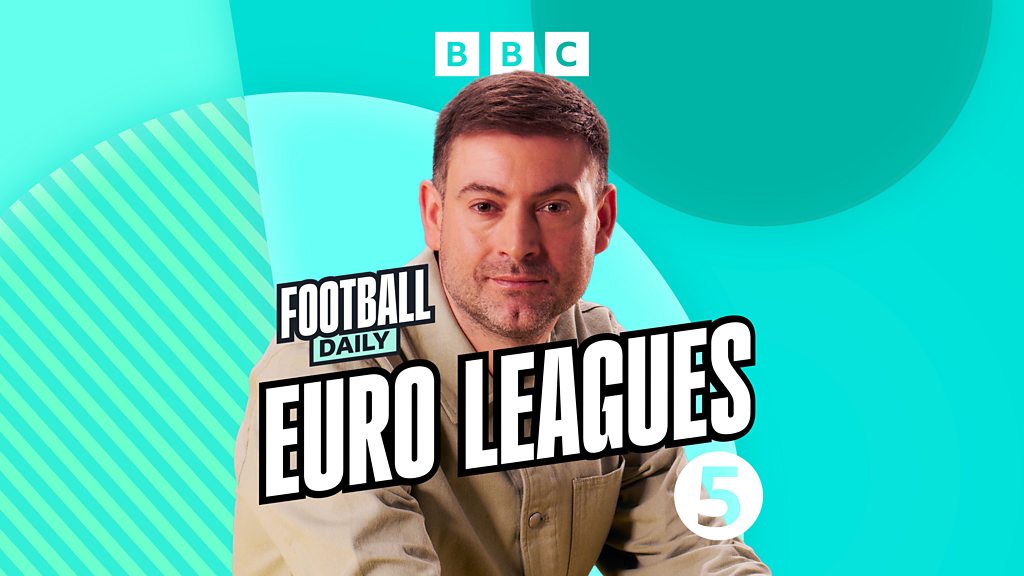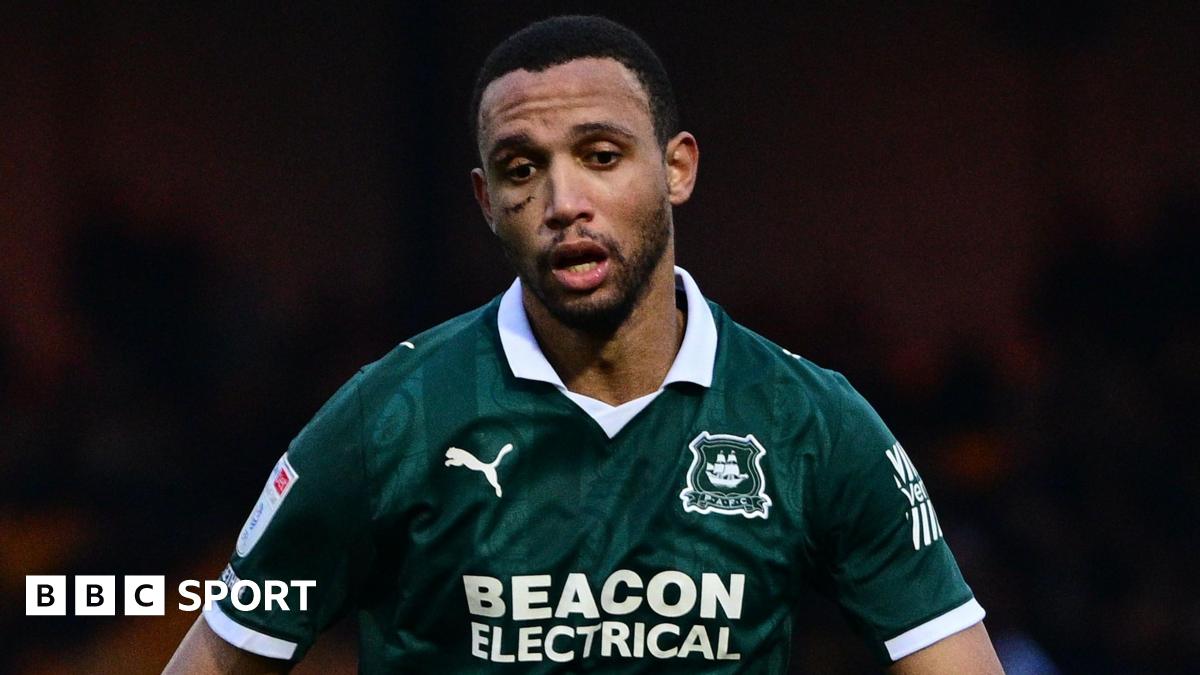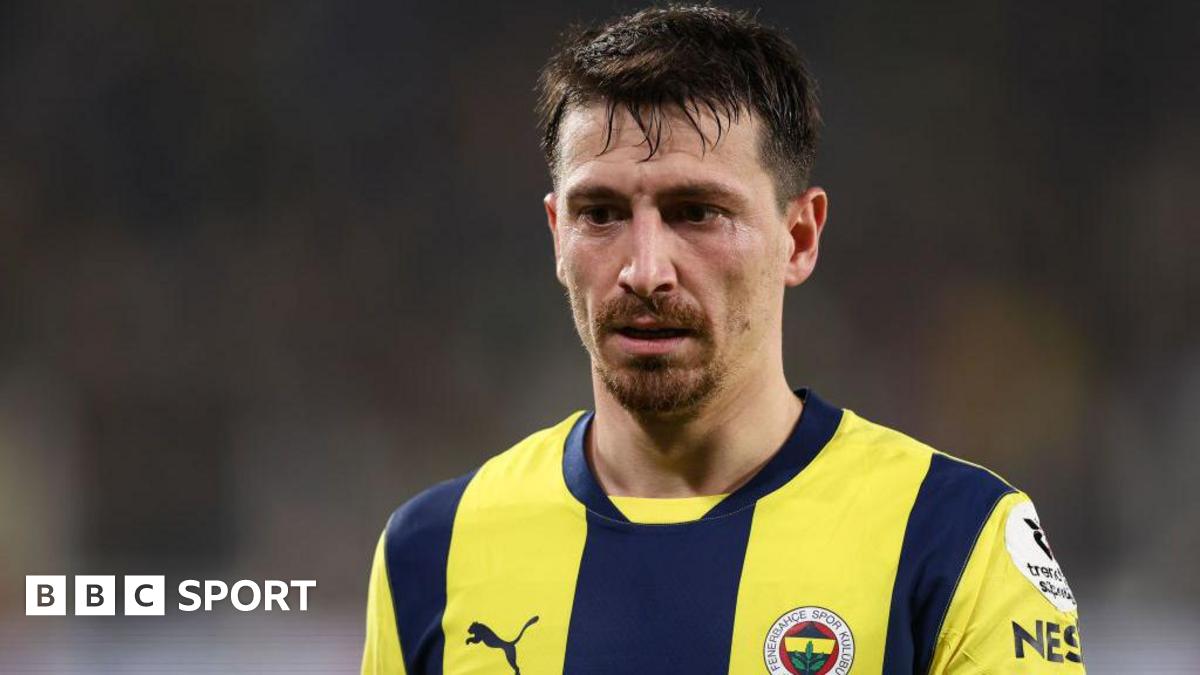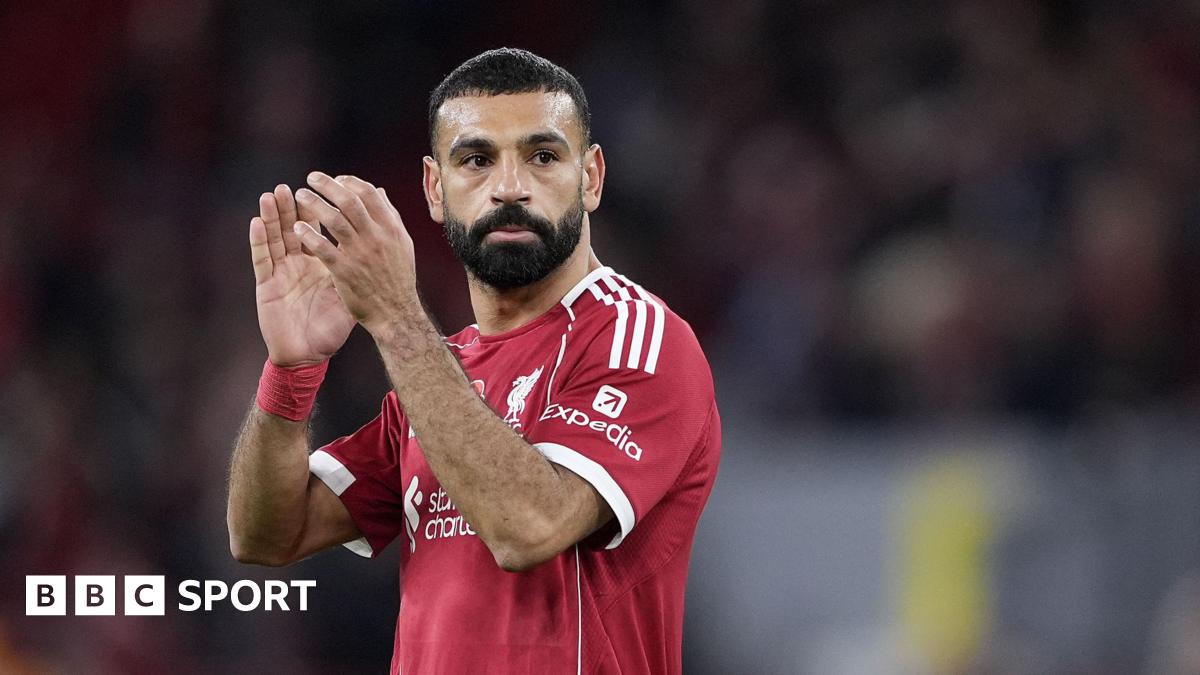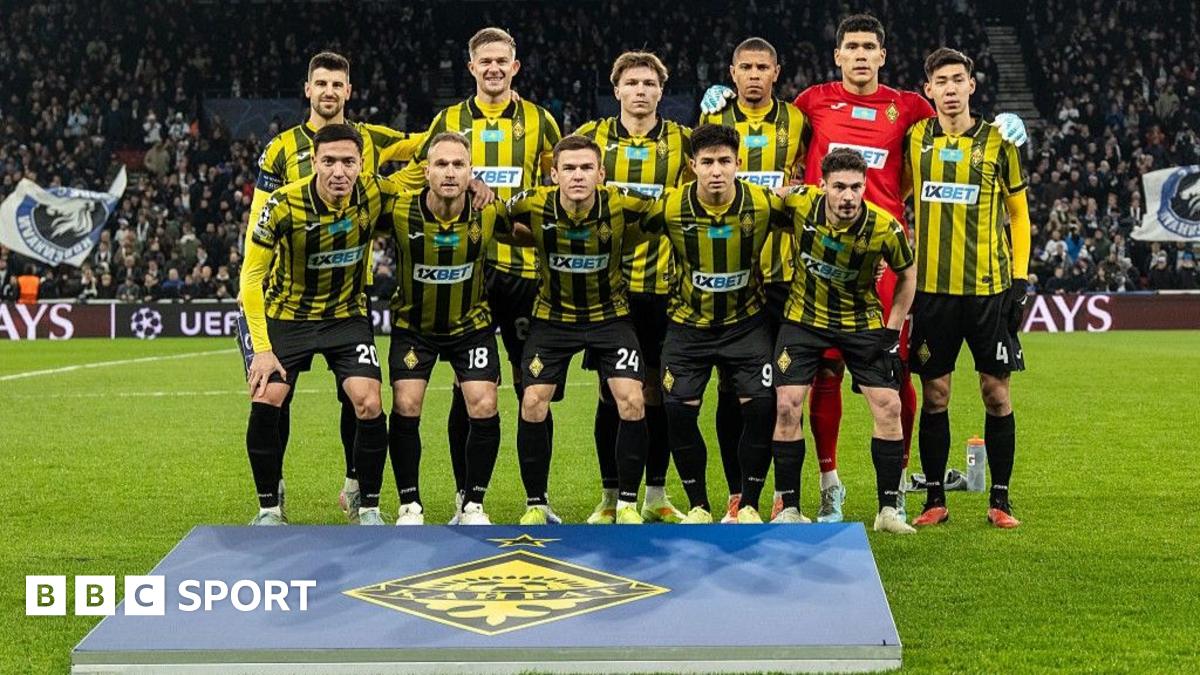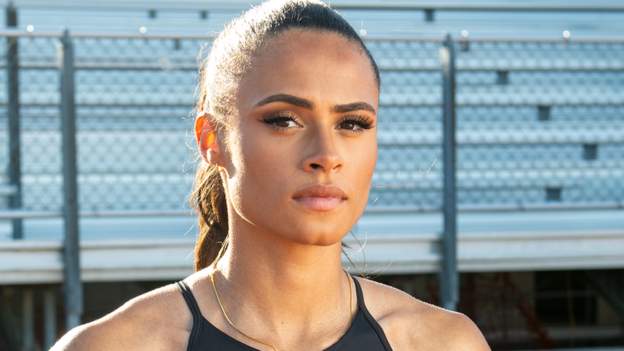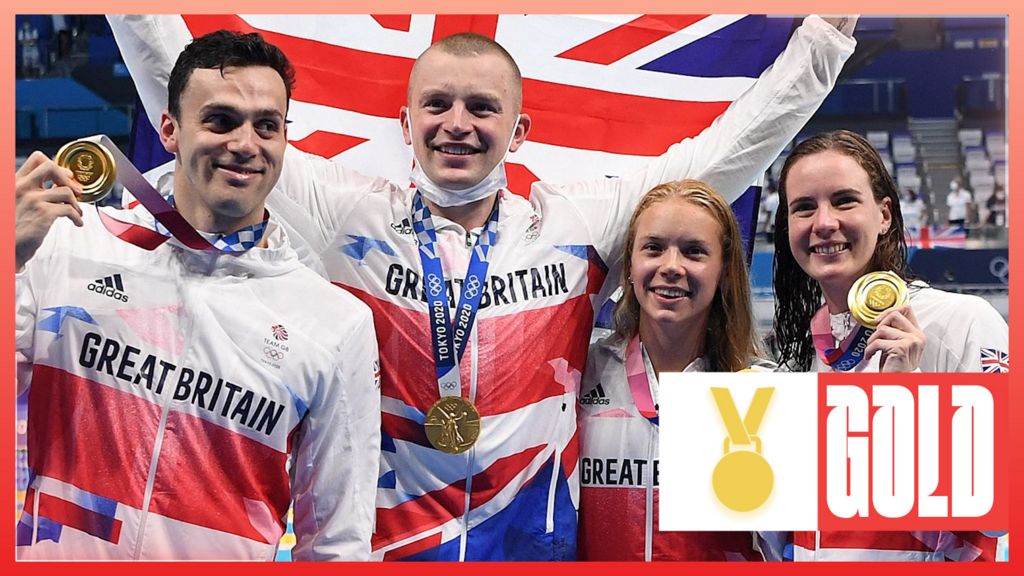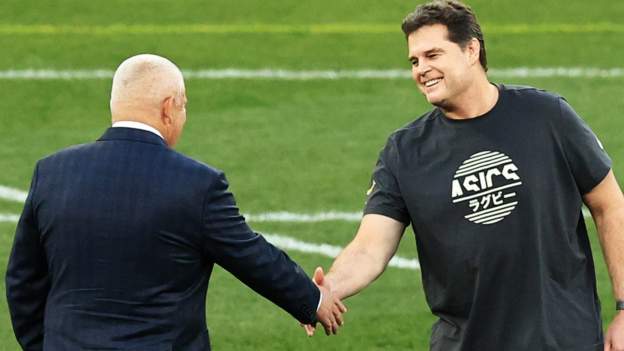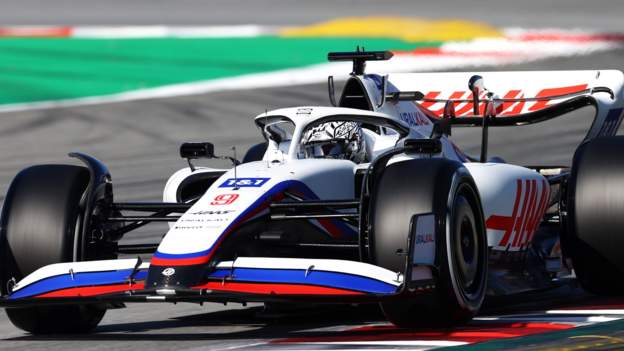Sydney McLaughlin is the future of athletics. That’s what they say. And the numbers agree.
As the Tokyo Olympics loom, so does McLaughlin. The 21-year-old American’s star power sells watches, isotonic drinks and sportswear as brands anticipate her impact on the greatest stage.
But McLaughlin herself is looking back. Back to an athlete who was winning Olympic titles 20 years before she was born.
Edwin Moses did endorsements. Before the 1984 Games, he was plastered on billboards around downtown Los Angeles, clearing a hurdle in his red tracksuit, soaring over a Kodak camera logo.
But McLaughlin was looking deeper.
During 2020’s enforced lay-off, she wound back old footage of Moses, examining the technique that won two Olympic golds and established an unprecedented decade-long dominance of their 400m hurdles event.
Moses did what coaches had told him was impossible. At 6ft 2in tall, his long stride, impeccable hurdling technique and deep reserves of stamina meant he could do what no-one else could – a consistent 13 steps between each hurdle.
Now McLaughlin wants to do similar.
“So far in my career I have just been training hard, going out there and running, as opposed to understanding the race itself,” she tells BBC Sport.
“Last year really gave me the time to break down the 400m hurdles, understanding more about the event.
“It is such a rhythm race – normally people fatigue, start to take more steps and switch legs.
“No woman has run it with 15 strides between each hurdle. That’s what a perfect race looks like.
“Edwin Moses did it flawlessly with a 13-step pattern. Last year was about breaking down what that looks like, the landing over the hurdle, the timing in between, to run that so-called perfect race.”
The best route to perfection is not always the most direct. Coming into this weekend’s US Olympic trials, McLaughlin has run the 400m hurdles only once since the Doha World Championships in 2019.
Instead she has started 2021 with a slew of 100m hurdles races, taking on taller, more frequent barriers at greater speed. It’s all part of new coach Bobby Kersee’s plan.
“He is all about putting me in uncomfortable situations,” adds McLaughlin.

“Doing sprint hurdles, which are three inches taller and a lot closer together, means we can work on those mechanics, so that when I open up in the 400m hurdles, the hurdles just feel like nothing.”
McLaughlin has been in uncomfortable situations before.
She arrived at the last Olympic trials, in July 2016, as a 16-year-old schoolgirl. She was there for the experience rather than a ticket to Rio.
But, with packed bars cheering her on back in her native New Jersey, she edged out a host of seasoned professionals to make the top three and the Olympics.
She couldn’t replicate that speed in Rio – failing to make the final – but nothing could disguise the arrival of a new force. And, now, a new rivalry.
At just 21, McLaughlin is the second-fastest women in the history in her event. She just happens to share an era and nationality with the fastest.
Dalilah Muhammad is a contrast with McLaughlin. She is from a different generation, nearly a decade older, from a different faith, a practising Muslim where McLaughlin is a committed Christian, and from the opposite side of the river, raised across the Hudson in New York.
They don’t really talk. They let their times do that. When McLaughlin took silver in Doha, Muhammad had to run a world record to beat her. The pair duked it out over the final 50 metres, streets ahead of the rest.
“We don’t communicate that much, but we definitely know that when the two of us step on the track together it is going to be a fast race,” says McLaughlin.
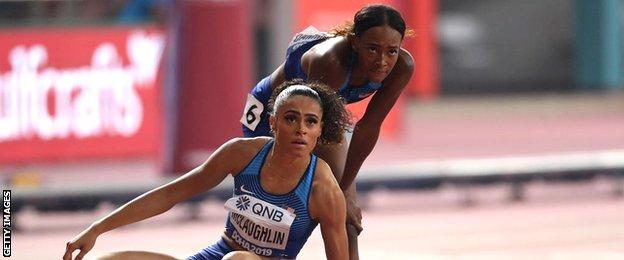
“Really it is two people pushing each other to be the best they can be. In the same way that I wouldn’t have a 52.2 without her, she wouldn’t have a 52.16 without me.”
If she can land that perfect 400m hurdles race in Tokyo, McLaughlin hints that it might be time for a change.
Asked about her long-term career goals, she says: “I feel like it is constantly changing. This year it has been so cool running the short hurdles and seeing my time lower.
“The 400m hurdles are awesome, but there are definitely opportunities to run different events, which is something I love to do.”
She has certainly matched the sprint-hurdle specialists so far this season, lying 11th best in the world on time.
But first, there are the trials and Tokyo, where she will try to chase down Muhammad, Moses and perfection.



